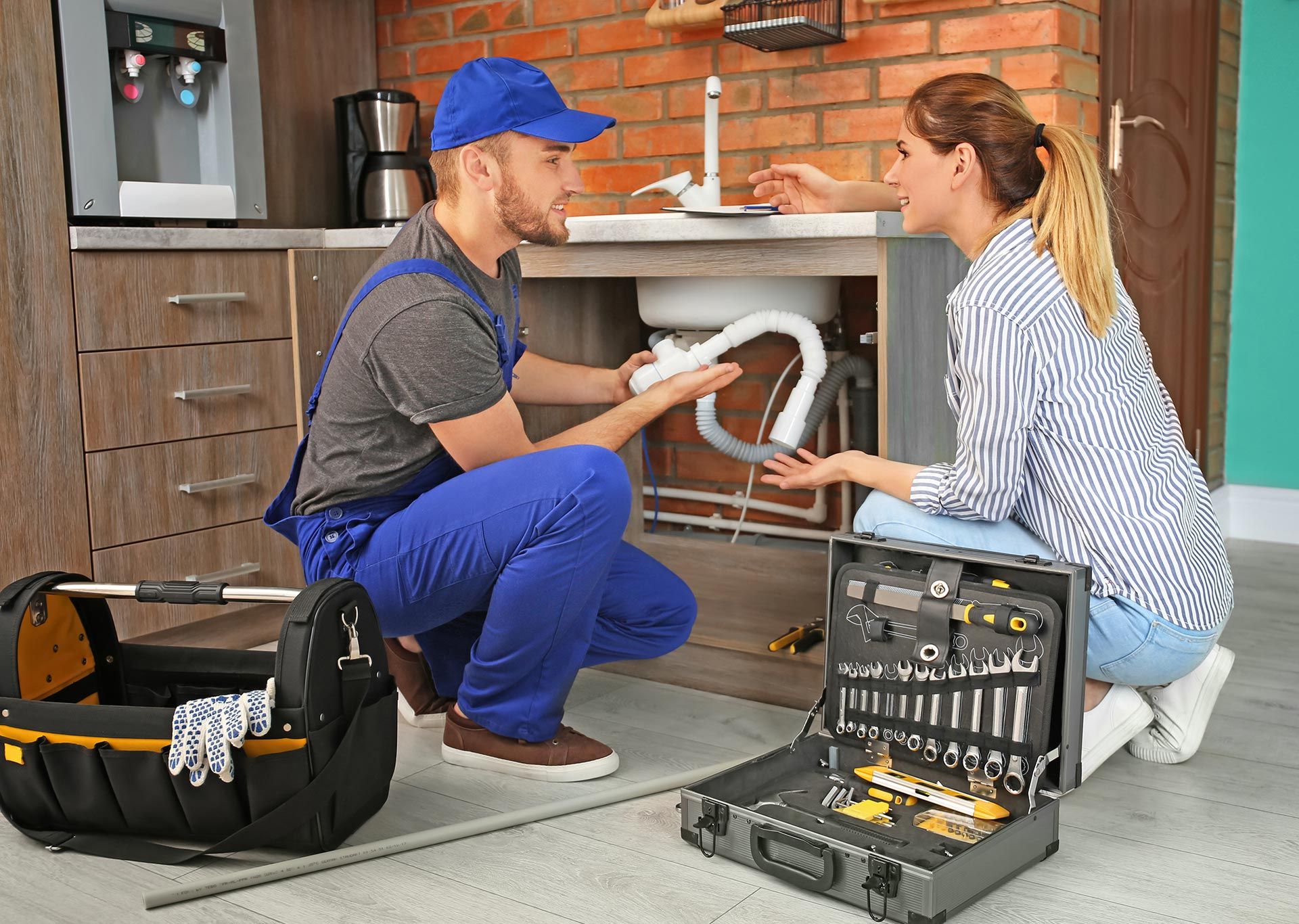How to Prevent and Fix a Leaky Radiator
A leaky radiator can lead to water damage, increased energy bills, and inefficient heating. Fortunately, with proper maintenance and a few preventive measures, you can significantly reduce the risk of leaks. Here are some effective strategies to keep your radiator in top condition and prevent leaks.
Regular Inspections
Regularly inspecting your radiator and its components can help you spot potential issues before they become serious problems.
- Check for Signs of Wear: Look for any signs of corrosion, rust, or physical damage on the radiator and its pipes. Pay attention to the joints and valves, which are common points for leaks.
- Listen for Unusual Noises: Hissing, banging, or gurgling sounds can indicate trapped air or other issues that may lead to leaks.
- Feel for Cold Spots: Cold spots on your radiator can indicate trapped air or a build-up of sludge, which can cause pressure problems and potential leaks.
Maintain Proper Pressure
Maintaining the correct pressure in your heating system is crucial for preventing leaks.
- Check the Pressure Gauge: Ensure your heating system’s pressure gauge is within the recommended range, typically between 1 and 1.5 bar. Refer to your system’s manual for the exact range.
- Top Up the Pressure: If the pressure is too low, top it up using the filling loop. Be careful not to overfill, as too much pressure can cause leaks.
Bleed Your Radiator
Air trapped in your radiator can lead to pressure build-up and leaks. Bleeding your radiator releases this trapped air and maintains efficient operation.
- Turn Off the Heating: Allow the system to cool before bleeding the radiator.
- Use a Radiator Key: Insert the radiator key into the bleed valve and turn it counter clockwise. You’ll hear a hissing sound as the air escapes.
- Close the Valve: Once water starts to flow steadily, close the valve by turning the key clockwise.
Regular Professional Maintenance
Annual professional maintenance can help keep your heating system in optimal condition.
- Hire a Qualified Plumber: Schedule an annual service with a qualified heating engineer. They can perform a thorough inspection, clean the system, and address any potential issues.
- Safety Checks: Professionals can also perform safety checks to ensure your heating system operates safely and efficiently.
How to fix a leaky radiator
The first step in fixing a radiator leak is to identify its source. Radiator leaks can occur at various points, including valves, pipes, and the radiator body itself. Here’s how to pinpoint the leak:
- Visual Inspection: Check for visible signs of water around the radiator. Look at the valves, pipes, and the floor beneath the radiator for any dampness or pooling water.
- Feel for Moisture: Run your hands along the radiator and connected pipes to feel for any wet spots. Be cautious as the radiator might be hot.
- Listen for Hissing: A hissing sound might indicate escaping steam or water, which can help you locate the leak.
Fixing the Leak
Once you’ve identified the leak, it’s time to fix it. Here are some common types of leaks and how to repair them:
Leaking Radiator Valve
If the leak is coming from the radiator valve, you can often fix it by tightening the valve or replacing the valve packing. Use an adjustable wrench to gently tighten the valve. Be careful not to over-tighten, as this can cause further damage. If tightening doesn’t work, you may need to replace the valve packing. Turn off the heating system and drain the radiator. Unscrew the valve cap and remove the old packing. Wrap new packing around the valve stem and reassemble the valve.
Leaking Radiator Pipe Joint
A leak at a pipe joint can often be fixed with some plumber’s tape or joint compound.
- Turn Off the Heating System: Ensure the heating system is off and the radiator is cool.
- Tighten the Joint: Use a wrench to tighten the joint. If this doesn’t stop the leak, you’ll need to disassemble the joint.
- Apply Plumber’s Tape: Unscrew the joint and wrap plumber’s tape around the threads of the pipe. Reassemble and tighten the joint.
Leaking Radiator Body
If the radiator body itself is leaking, you may need to use a radiator sealant or epoxy putty.
- Drain the Radiator: Turn off the heating system and drain the radiator completely.
- Clean the Area: Clean the area around the leak thoroughly, removing any rust or debris.
- Apply Sealant or Epoxy Putty: Follow the manufacturer’s instructions to apply the radiator sealant or epoxy putty to the leak. Allow it to cure as directed.
- Refill and Test: Once the sealant is cured, refill the radiator and test for leaks by turning the heating system back on.
Fixing a radiator leak in your home can be a straightforward task with the right approach and tools. By identifying the source of the leak and applying the appropriate fix, you can ensure your radiator functions efficiently and effectively. Regular maintenance and inspections can help prevent future leaks, keeping your home warm and comfortable all winter long.
If you are unsure or not confident in repairing a radiator on your own, then we highly recommend to contact a professional plumber to avoid further damage. For help, contact
Plumbers Sheffield
today!



